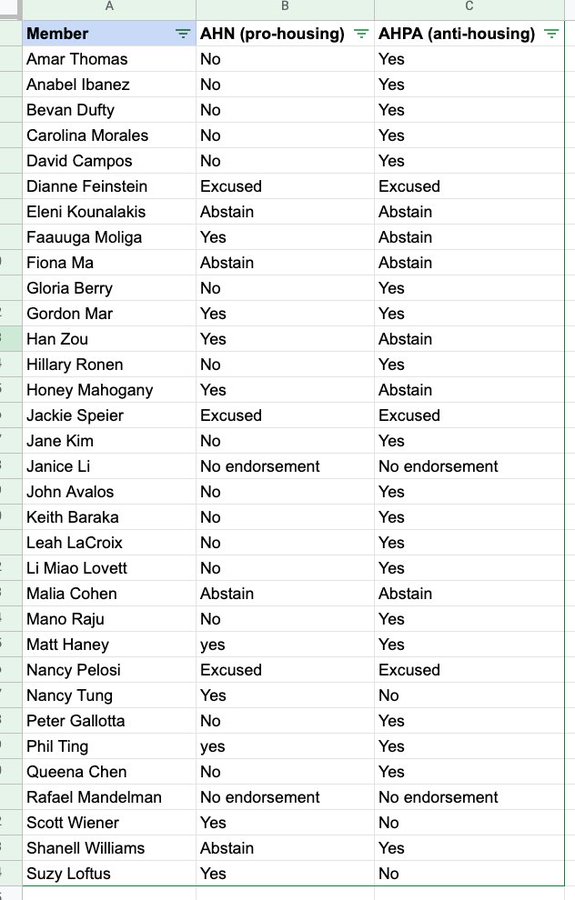By Annie Gaus :sfstandard – excerpt
After posting a massive budget surplus earlier this year, California’s fortunes may be about to drastically change.
California is facing a $25 billion dollar deficit in the next fiscal year, according to the state’s nonpartisan legislative analyst. And that’s the beginning of what may become an ongoing, multiyear deficit in the billions driven by inflation, high interest rates and the threat of a recession.
That all adds up to a big “budget problem”—legislative parlance for a deficit—that California lawmakers need to fix in order to write a balanced statewide budget, the analysts wrote.
“California has enjoyed a good economic run, before and even during the pandemic, but we also know that the state’s budget has been built on a little bit of a risky platform,” said Rufus Jeffris, a spokesperson for the Bay Area Council…
It remains to be seen what budget cuts may materialize before the state finalizes a spending plan next June, but subsidies for affordable housing, transportation or other local initiatives could be on the chopping block, Jeffris added.…(more)


You must be logged in to post a comment.